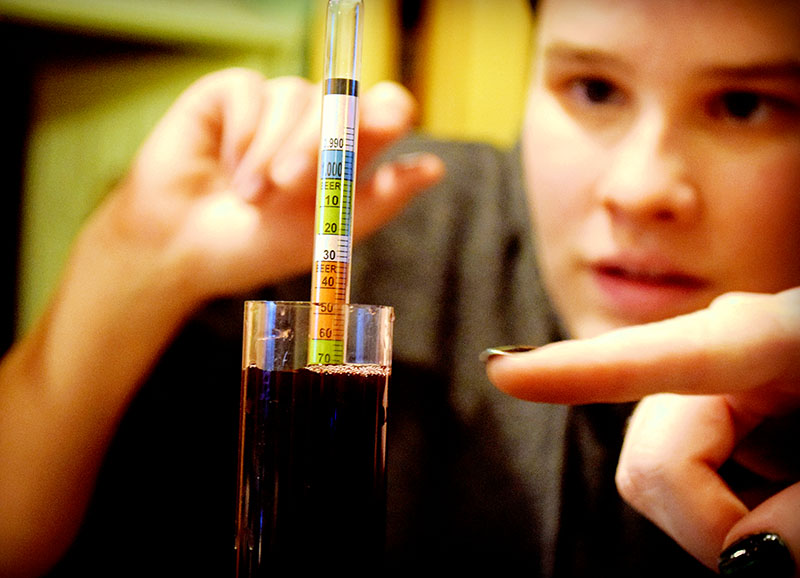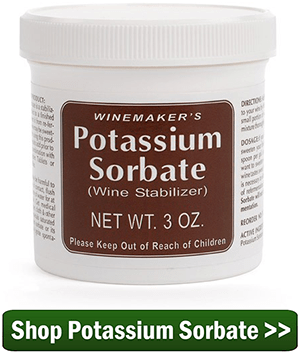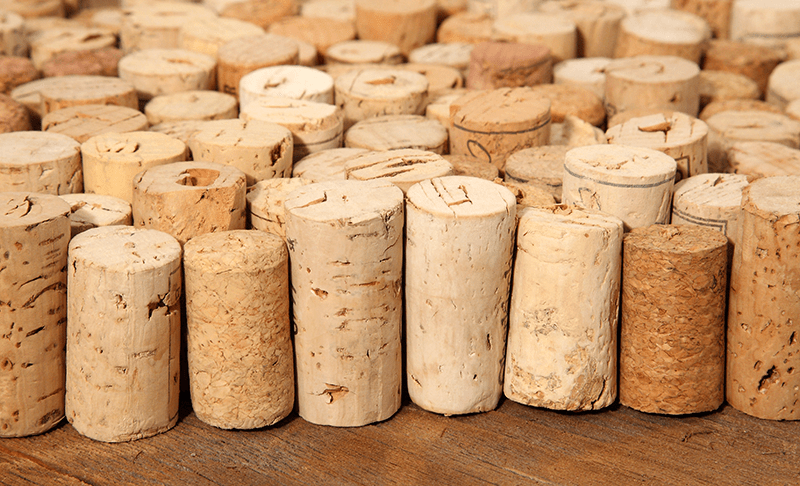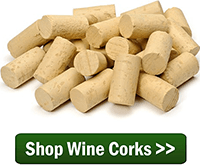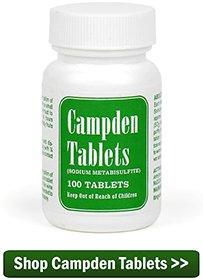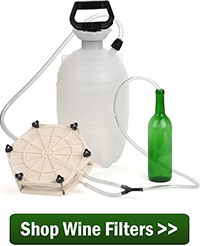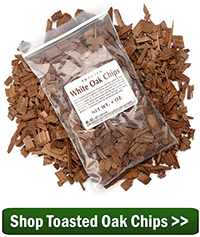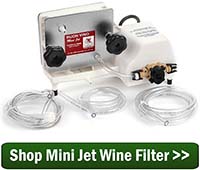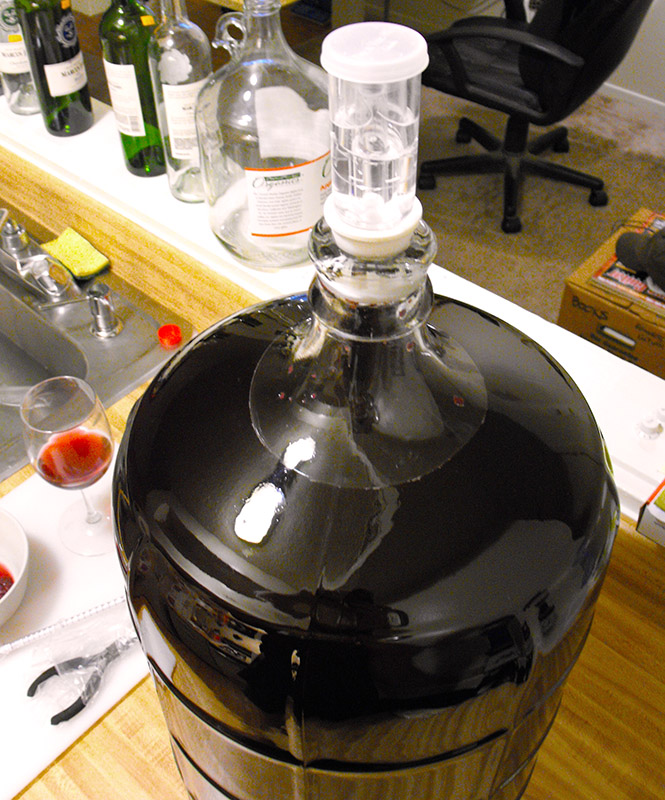 For the first time ever I ordered juice concentrate, your merlot and blackberry, to try making a large batch of my favorite flavors. Well, I followed the directions to the letter and it all fermented nicely in the primary. After 5 days racked it to the secondary, 6 gallon glass carboy but for the first time left a little head space of a couple inches figuring that it would be ok since it it was still bubbling a little. It has been two weeks and I racked it again to get it off the sediment and OMG it smells of sulfur, or rotten eggs! Once the wine was in my plastic bucket the smell dissipated and the wine tasted ok but today I checked it and there is still a smell. What did I do wrong? I’ve heard of adding egg white to try to take away the smell…. what can I do? I really hope I don’t have to dump it. HELP!
For the first time ever I ordered juice concentrate, your merlot and blackberry, to try making a large batch of my favorite flavors. Well, I followed the directions to the letter and it all fermented nicely in the primary. After 5 days racked it to the secondary, 6 gallon glass carboy but for the first time left a little head space of a couple inches figuring that it would be ok since it it was still bubbling a little. It has been two weeks and I racked it again to get it off the sediment and OMG it smells of sulfur, or rotten eggs! Once the wine was in my plastic bucket the smell dissipated and the wine tasted ok but today I checked it and there is still a smell. What did I do wrong? I’ve heard of adding egg white to try to take away the smell…. what can I do? I really hope I don’t have to dump it. HELP!
Name: JoAnn S.
State: WI
—–
Hello JoAnn,
All fermentations put off some sulfur or rotten egg smells. Some much more than others. When a wine smells like rotten eggs, what you are actually smelling is hydrogen sulfide. There are many of reasons why one fermentation might produce more hydrogen sulfite than others, but here are the big four:
- Fermenting With Wild Yeast:
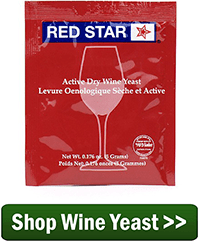
In your case, we can rule this out because you are using a wine ingredient kit that comes with a domesticated wine yeast. But if you were relying on wild yeast to do your bidding, this would most likely be the reason why your wine smells like rotten eggs. Some wild yeast can produce tremendous amounts of hydrogen sulfide.
- Lack Of Nutrients:
Not having enough nutrients in the fermentation is another cause of high hydrogen sulfide output. But again, you are using a wine ingredient kit that has been nutritionally balanced. The yeast nutrient is at its ideal level in the wine concentrate, so we can also rule this out for your particular situation.
- Fermenting At Too Warm Of Temperature:
Fermenting your wine too warm is another common reason for a fermentation to produce and abundance of hydrogen sulfide. Temperatures that are above 75°F. are suspect, and anything over 80°F. are likely to be problematic to some degree.
- Overworked Yeast:
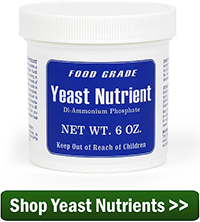
This happens when there is too little wine yeast to do too much job. There have been many times when a winemaker will accidentally kill a significant portion of the wine yeast when rehydrating it in warm water. If the wine yeast is put in rehydrating water that is too hot, or the yeast is left in the water for too long, more yeast cells will be killed than anticipated by the wine yeast producer. This sets the stage for a fermentation with too little yeast, and in turn, produces too much hydrogen sulfide.
The Overall Theme:
It is important to point out that all the above reasons relate to allowing the yeast to ferment under stress. When a wine smells like rotten eggs, start look at thing that might be putting fermentation in a stressful situation.
Having a wild yeast that is fermenting out of its normal element is stressful; having any yeast ferment with a shortage of nutrients, or ferment in a temperature range that is uncomfortable to it is stressful; and having a little bit of wine yeast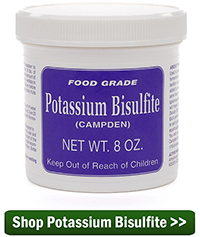 doing a lot of work are all stressful things that will lead to high hydrogen sulfide production. Having said this, the whole idea is to keep the wine yeast happy and you will keep the hydrogen sulfide production down.
doing a lot of work are all stressful things that will lead to high hydrogen sulfide production. Having said this, the whole idea is to keep the wine yeast happy and you will keep the hydrogen sulfide production down.
What To Do Now:
— Give It Time: A lot of the hydrogen sulfide will release and dissipate on its own. It sounds like this may be the case with your wine currently. And, more will dissipate when you bottle the wine.
— Add Sufites: Also, adding a dose of sulfite to the wine will help to drive out the hydrogen sulfide. You can add the sulfite in the form of Campden tablets, sodium metabisulfite or potassium metabisulfite. Just following the directions that are on the package and let the wine sit for a few days.
— Use Copper: If the wine still smells like rotten eggs, you can pour the wine through a copper scouring pad. When the wine comes into contact with copper a reaction will occur the encourages the hydrogen sulfide to release as fumes. The reaction will cause the copper to corrode, so your may need to use more than on copper pad.
Happy Winemaking,
Ed Kraus
—–
Ed Kraus is a 3rd generation home brewer/winemaker and has been an owner of E. C. Kraus since 1999. He has been helping individuals make better wine and beer for over 25 years.


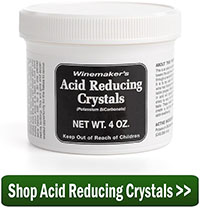


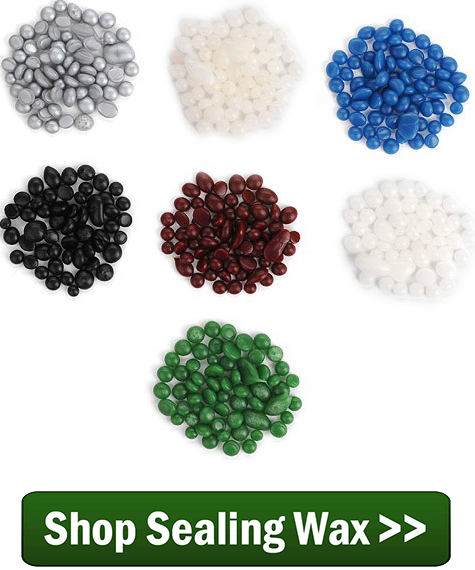
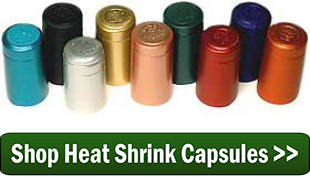
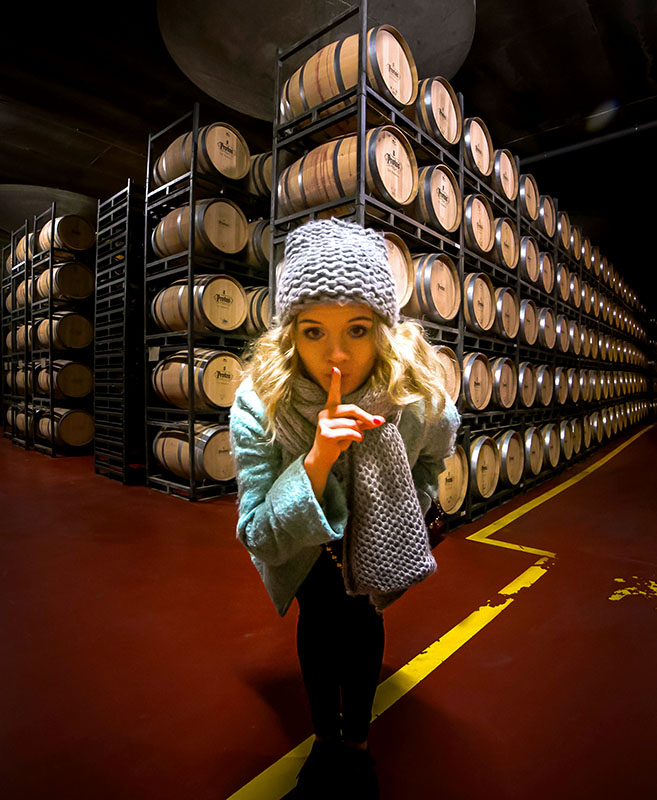
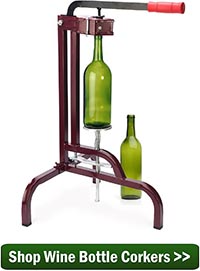
 What’s pink, sugary and fluffy all over?…
What’s pink, sugary and fluffy all over?…